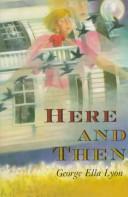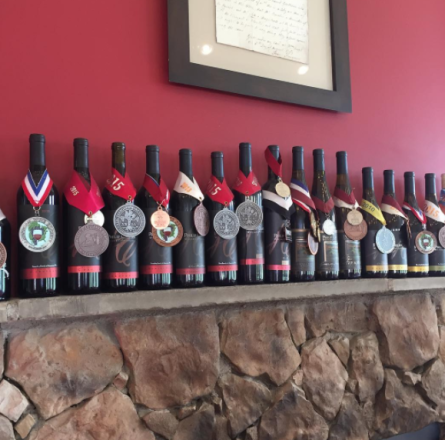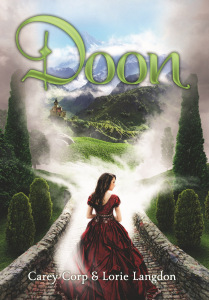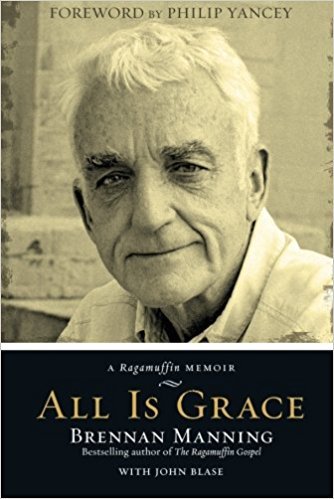
One of the first references to Tara’s singing is her predilection for Alma Cogan and her songs. Alma Angela Cohen (19 May 1932 – 26 October 1966), known professionally as Alma Cogan, was an English singer of traditional pop music in the 1950s and early 1960s. Dubbed the “Girl with the Giggle in Her Voice”, she was the highest paid British female entertainer of her era.

Another important figure is Nikolaus Pevsner, whose book Lucy reads as she becomes more and more interesting in estate houses. Sir Nikolaus Bernhard Leon Pevsner (30 January 1902 – 18 August 1983) was a German, later British scholar of history of art and, especially, of history of architecture. He is best known for his 46-volume series of county-by-county guides, The Buildings of England (1951–74), often simply referred to by his surname.

Another passion of Tara is riding, and after her mother’s death, she sneaked out of her house to ride Lady D-W’s Shetland ponies. The Shetland pony is a breed of pony originating in the Shetland Isles. Shetland ponies have heavy coats, short legs and are considered quite intelligent. They are a very strong breed of pony, used for riding, driving, and pack purposes.

The reason why Raoul first comes to Trellanack is because he is writing a book about Capability Brown. Lancelot Brown (born c. 1715–16, baptised 30 August 1716 – 6 February 1783), more commonly known with the byname Capability Brown, was an English landscape architect. He designed over 170 parks, many of which still endure. He was nicknamed “Capability” because he would tell his clients that their property had “capability” for improvement.

Matilda becomes famous when her photograph appears in Good Housekeeping. Good Housekeeping is a women’s magazine, featuring articles about women’s interests, product testing by The Good Housekeeping Institute, recipes, diet, health as well as literary articles.

When Lucy and Tara go to London, Lucy gets to wear an attire that Tara thinks could be the first miniskirt in history. Short skirts have existed for a long time, though they were generally not called “mini” or became a fashion trend until the 1960s. Several designers have been credited with the invention of the 1960s miniskirt, most significantly the London-based designer Mary Quant and the Parisian André Courrèges. Although Quant reportedly named the skirt after her favourite make of car, the Mini, there is no consensus as to who designed it first.
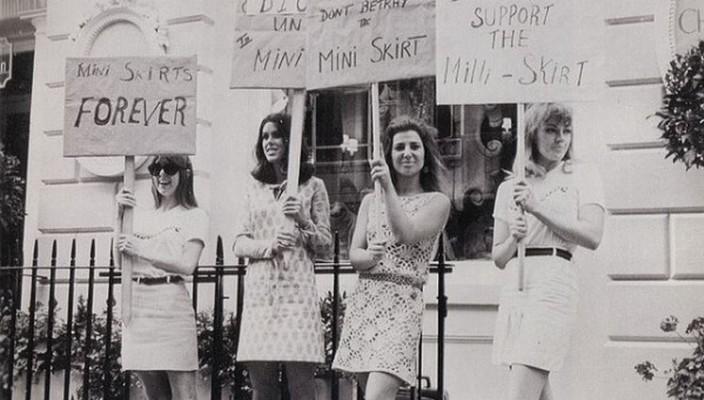
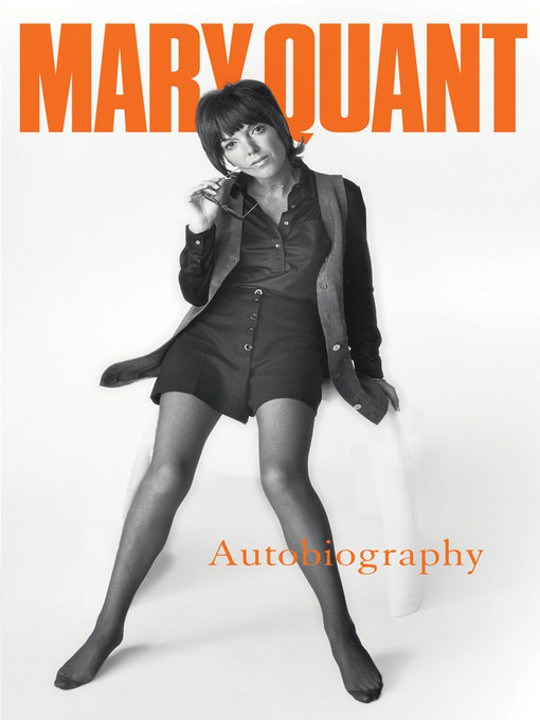
I learnt later that the harmonica boy who Lucy hung out with is Brian Jones from the Rolling Stones. Lewis Brian Hopkin Jones (28 February 1942 – 3 July 1969) was an English musician, the founder and the original leader of the Rolling Stones. Although he was originally the leader of the band, Jones’s fellow band members Mick Jagger and Keith Richards soon overshadowed him, especially after they became a successful songwriting team. Jones developed a serious drug problem over the years and his role in the band steadily diminished. The band asked Jones to leave the Rolling Stones in June 1969 and guitarist Mick Taylor took his place in the group. Jones died less than a month later by drowning in the swimming pool at his home on Cotchford Farm in Hartfield, East Sussex.

Tara goes to the Marquee Club and sees Brian and his band to perform. The Marquee Club was a music venue first located at 165 Oxford Street, London, England when it opened in 1958 with a range of jazz and skiffle acts. Its most famous period was from 1964 to 1988 at 90 Wardour Street in Soho, and it finally closed when at 105 Charing Cross Road in 1996, though the name has been revived unsuccessfully three times in the 21st century. Jagger, Richards and Jones with Stewart and Dick Taylor on bass played a gig billed as “the Rollin’ Stones” on 12 July 1962, at the Marquee Club, 165 Oxford Street, London.
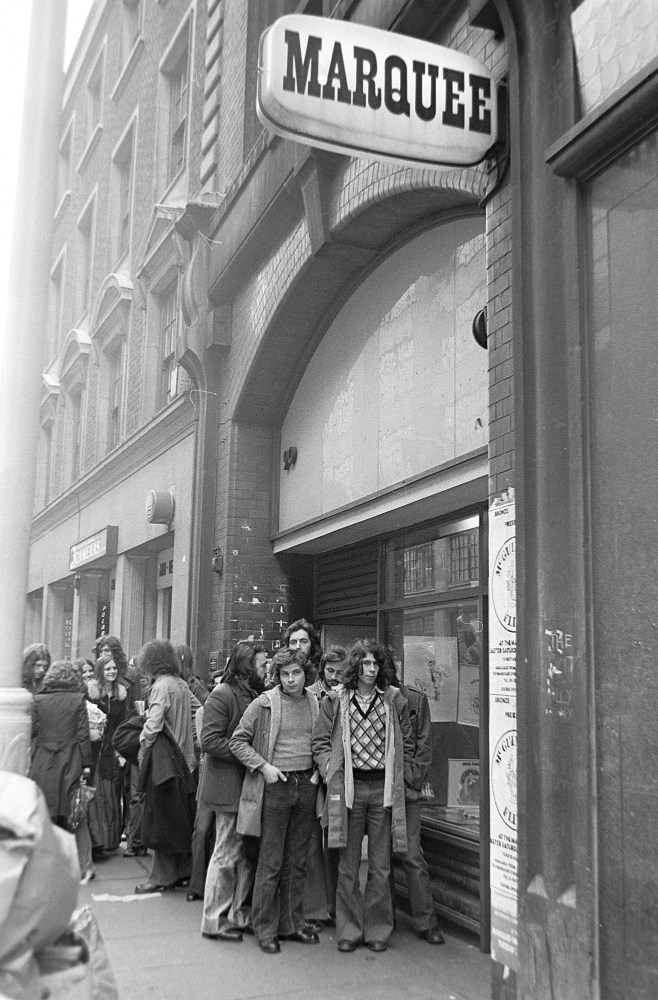

Tara’s performance, which makes her famous, is in the London Palladium. The London Palladium is a 2,286-seat West End theatre located on Argyll Street in the City of Westminster. From the roster of stars who have played there and many televised performances, it is arguably the most famous theatre in London. From 1955–67 the theatre was the setting for the top-rated ITV variety show Sunday Night at the London Palladium.


